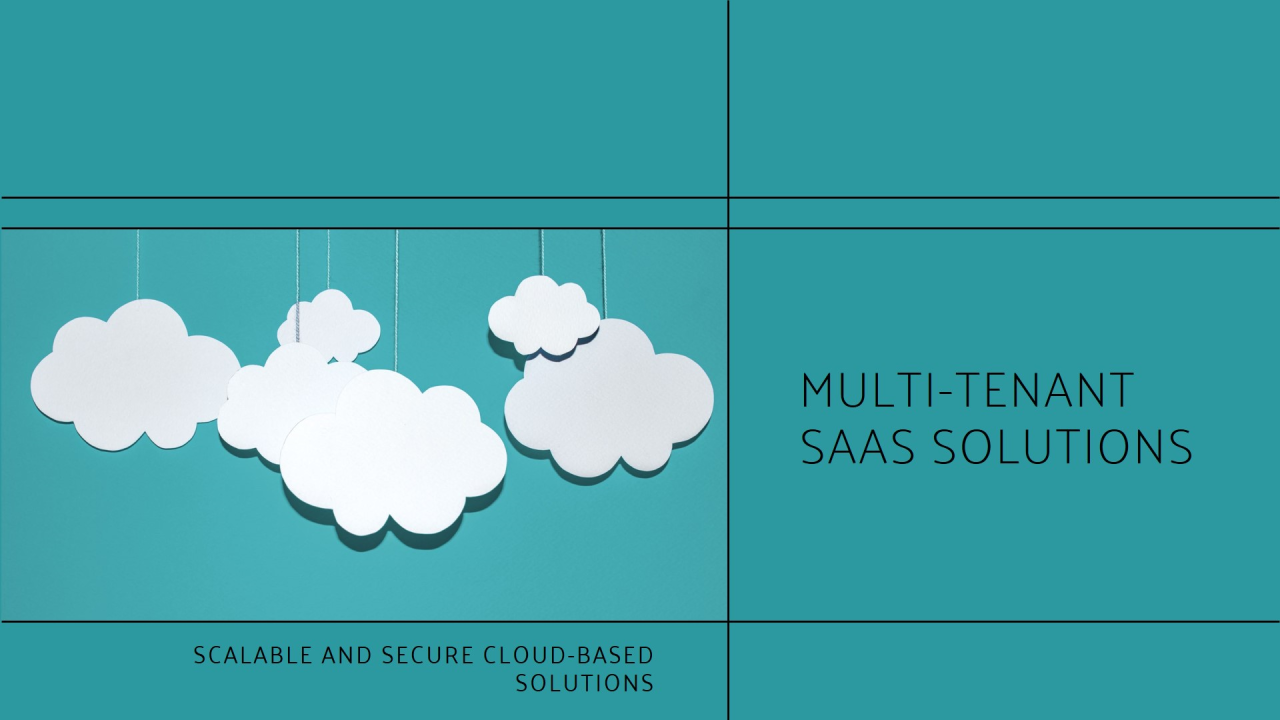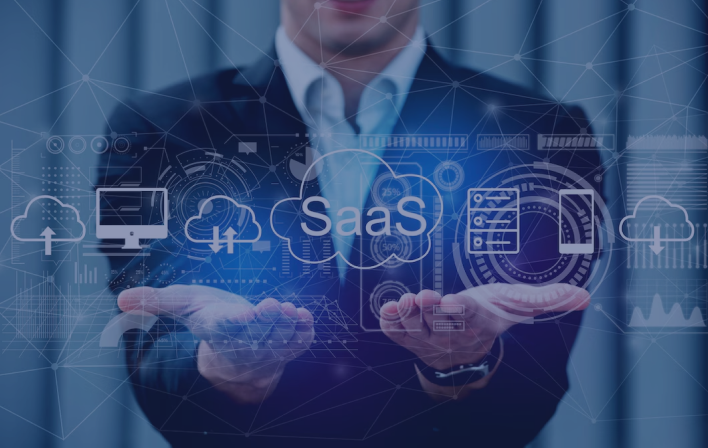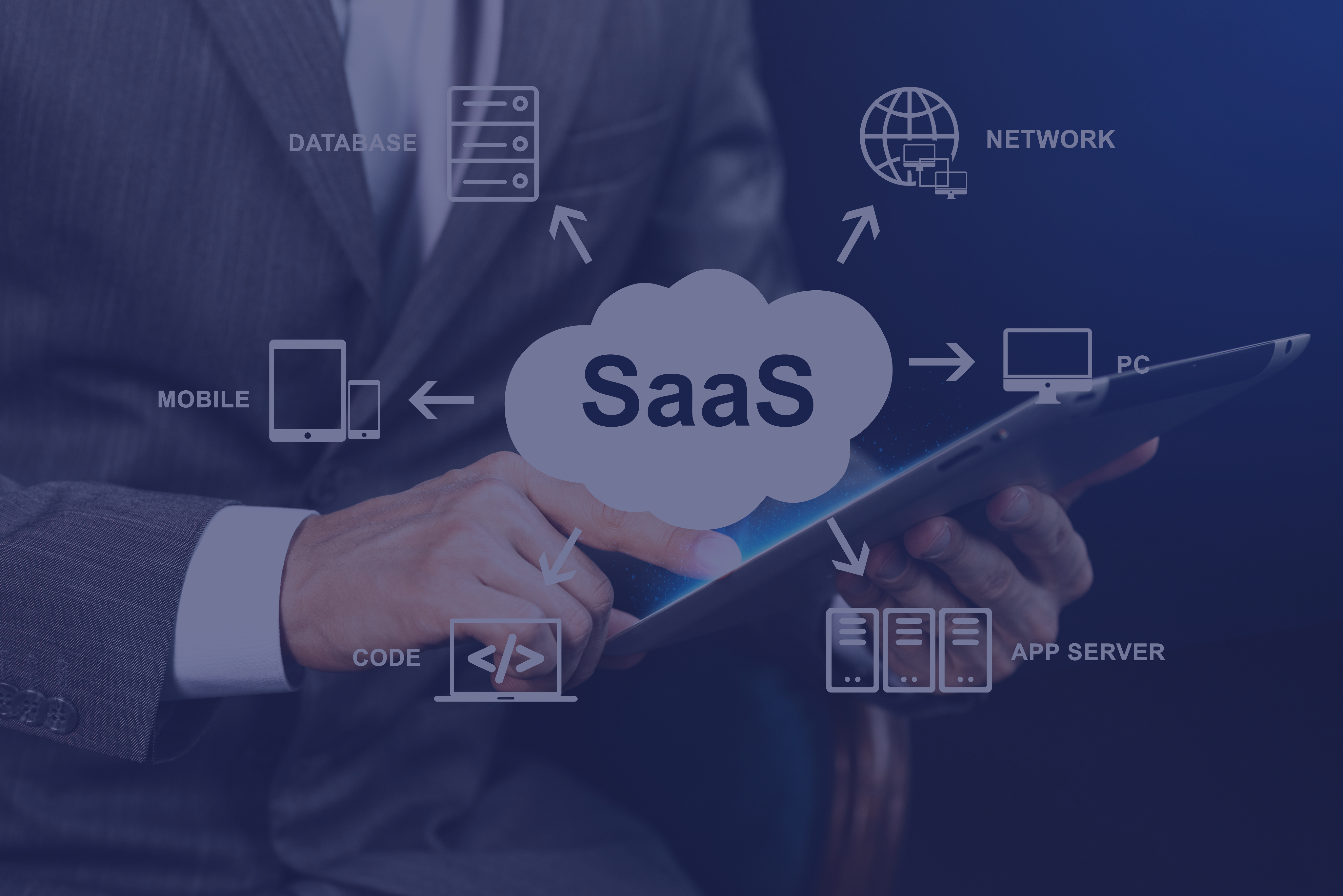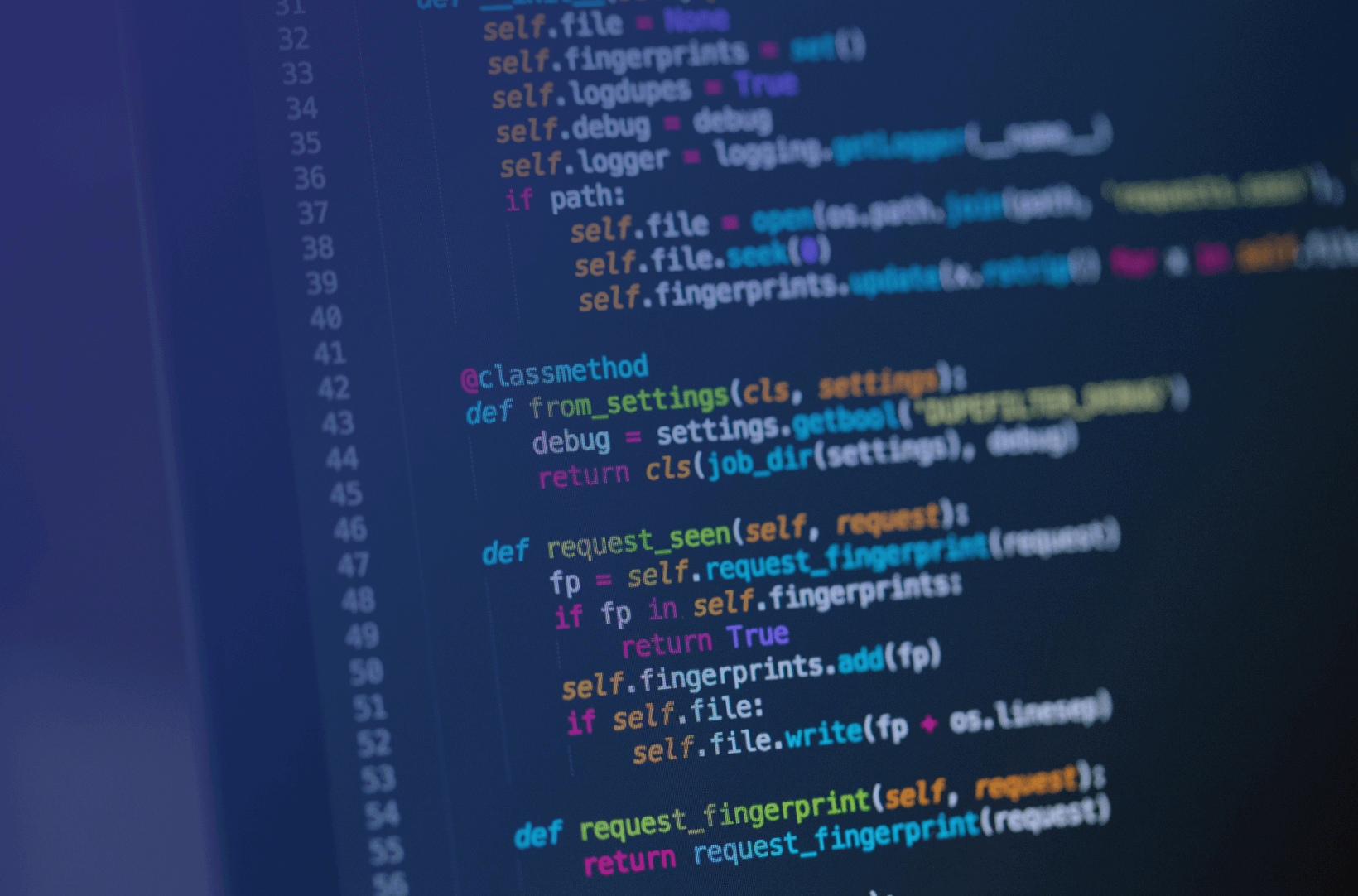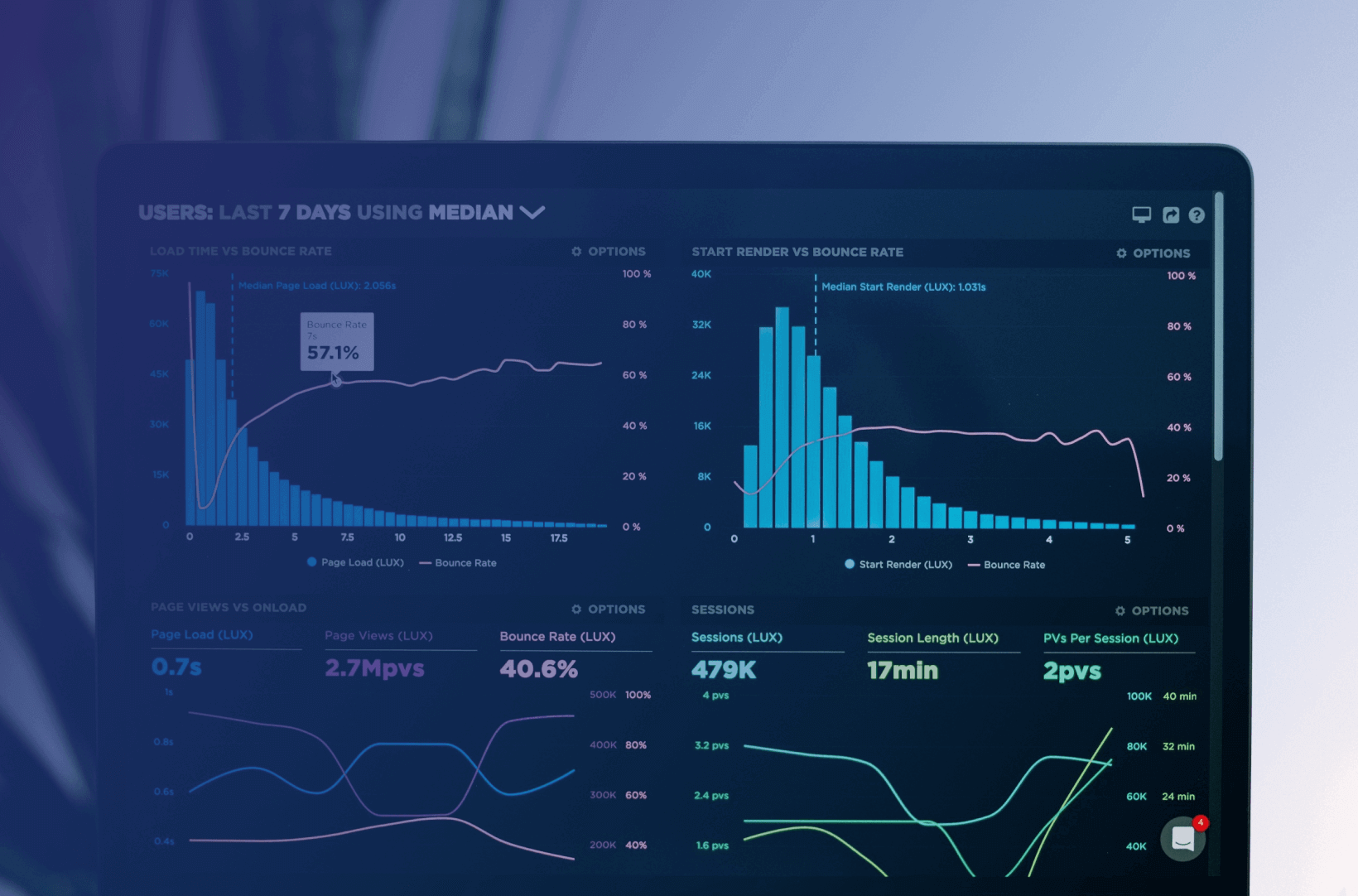Explore the best practices for designing and implementing a multitenant SaaS architecture to enhance scalability, efficiency, and cost-effectiveness.
Tenancy Models
Tenancy models in a multitenant SaaS architecture refer to the different ways in which tenants are organized and managed. There are several common tenancy models, including:
- Shared Database – In this model, multiple tenants share a single database, with each tenant having their own schema or namespace.
- Shared Application – In this model, multiple tenants share a single instance of the application, with each tenant having their own configuration and data.
- Isolated Virtual Machine – In this model, each tenant has their own dedicated virtual machine, providing complete isolation and security.
The choice of tenancy model depends on various factors such as the level of isolation required, performance considerations, and cost-efficiency.
By carefully selecting the appropriate tenancy model, organizations can effectively manage resources, ensure data privacy, and optimize the performance of their SaaS application.
Control Plane
The control plane in a multitenant SaaS architecture is responsible for managing the overall operation and administration of the system. It includes functionalities such as tenant provisioning, authentication and authorization, resource allocation, and monitoring.
To ensure efficient control plane management, organizations should consider the following best practices:
- Automate Provisioning – Implement automated processes for provisioning and deprovisioning of tenants to streamline the onboarding and offboarding processes.
- Scalable Authentication and Authorization – Use scalable identity and access management solutions to handle the authentication and authorization of tenants, ensuring secure access to resources.
- Resource Allocation and Optimization – Implement resource allocation policies and mechanisms to efficiently allocate resources among tenants, optimizing performance and cost.
- Monitoring and Analytics – Set up monitoring and analytics systems to collect and analyze data about the usage and performance of the SaaS application, enabling proactive management and optimization.
By following these best practices, organizations can effectively manage the control plane of their multitenant SaaS architecture, ensuring scalability, security, and performance.
Cost Management
Cost management is a critical aspect of a multitenant SaaS architecture, as it directly impacts the profitability and sustainability of the business. To effectively manage costs, organizations should consider the following best practices:
- Resource Optimization – Optimize the utilization of resources by implementing efficient resource allocation and sharing mechanisms. This can help reduce infrastructure costs and improve overall efficiency.
- Pay-as-You-Go Pricing – Implement a pay-as-you-go pricing model, where tenants are charged based on their actual usage of the SaaS application. This ensures fair pricing and helps align costs with revenue.
- Cost Monitoring and Analysis – Set up robust cost monitoring and analysis systems to track and analyze the cost drivers of the SaaS application. This enables organizations to identify cost-saving opportunities and optimize their cost structure.
- Vendor Negotiation – Negotiate contracts and pricing agreements with vendors and service providers to ensure competitive pricing and favorable terms.
By adopting these cost management best practices, organizations can optimize their cost structure, maximize profitability, and provide cost-effective solutions to their customers.
Pricing Models
Pricing models in a multitenant SaaS architecture determine how customers are charged for using the SaaS application. There are various pricing models available, each with its own advantages and considerations. Some common pricing models include:
- Per-User Pricing – In this model, customers are charged based on the number of users accessing the SaaS application.
- Tiered Pricing – This model offers different pricing tiers with varying levels of functionality and resources, allowing customers to choose a plan that best fits their needs.
- Usage-Based Pricing – With this model, customers are charged based on their actual usage of the SaaS application, such as the number of transactions or data storage.
- Value-Based Pricing – This model takes into account the value and benefits delivered to the customer, allowing for more flexible pricing based on the customer’s perceived value.
The choice of pricing model should align with the business goals and target market of the SaaS application. By selecting the appropriate pricing model, organizations can effectively monetize their SaaS offering and attract and retain customers.
Code and Binary Updates
Code and binary updates are an essential part of maintaining and enhancing a multitenant SaaS application. To ensure smooth and efficient code and binary updates, organizations should follow these best practices:
- Version Control – Implement a robust version control system to track changes and manage different versions of the application code and binaries.
- Release Management – Establish a well-defined release management process to plan, test, and deploy code and binary updates. This helps minimize downtime and ensure smooth transitions.
- Rollback Mechanism – Have a rollback mechanism in place to revert to the previous version of the application in case of any issues or failures during the update process.
- Communication and Transparency – Maintain open communication with tenants about upcoming updates, scheduled maintenance windows, and any potential impacts. This helps manage expectations and minimize disruptions.
By following these best practices, organizations can ensure seamless and efficient code and binary updates, minimizing downtime and providing an enhanced experience for their tenants.
Measure Consumption
Measuring consumption in a multitenant SaaS architecture is crucial for various purposes, including billing, capacity planning, and resource optimization. To effectively measure consumption, organizations should consider the following best practices:
- Usage Tracking – Implement usage tracking mechanisms to capture relevant data about the usage of the SaaS application by each tenant. This can include metrics such as the number of requests, data storage, or computing resources consumed.
- Metering and Billing – Use metering systems to convert usage data into billing information, enabling accurate and transparent billing processes for tenants.
- Reporting and Analytics – Set up reporting and analytics tools to analyze consumption patterns and trends, enabling proactive capacity planning and resource optimization.
By implementing these best practices for measuring consumption, organizations can accurately bill their customers, optimize resource allocation, and effectively plan for future growth.
Map-Requests to Tenants
Mapping requests to tenants is an important aspect of a multitenant SaaS architecture, as it determines how incoming requests are routed and processed for each tenant. To ensure efficient mapping of requests to tenants, organizations should consider the following best practices:
- Tenant Identification – Implement mechanisms to identify the requesting tenant, such as using unique identifiers or authentication tokens.
- Request Routing – Use routing mechanisms to direct incoming requests to the appropriate tenant’s instance of the application or data.
- Load Balancing – Implement load balancing algorithms to distribute incoming requests evenly among multiple instances or servers hosting the SaaS application.
- Scalability and Performance – Ensure that the request mapping and routing mechanisms can scale efficiently and handle high volumes of traffic without impacting performance.
By following these best practices, organizations can ensure that requests are properly mapped to the respective tenants, resulting in a seamless and responsive experience for each tenant.
Written By: Ashu Sharma

